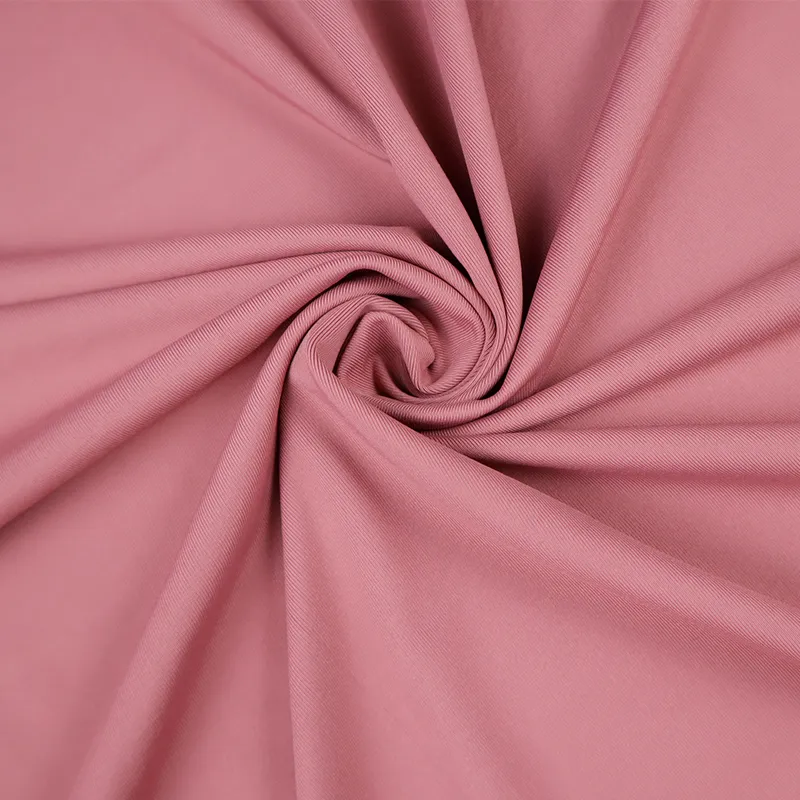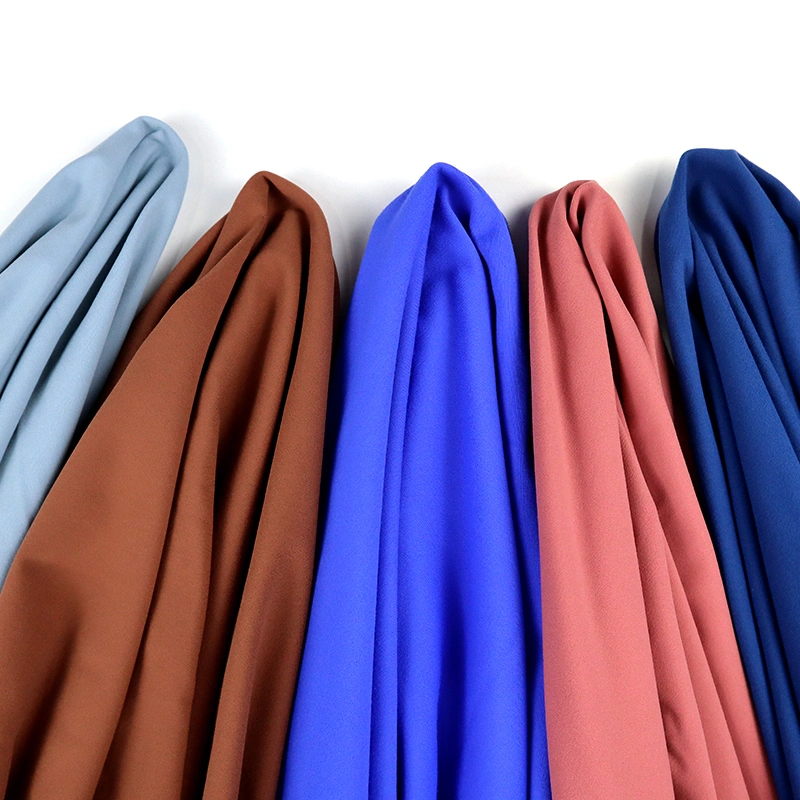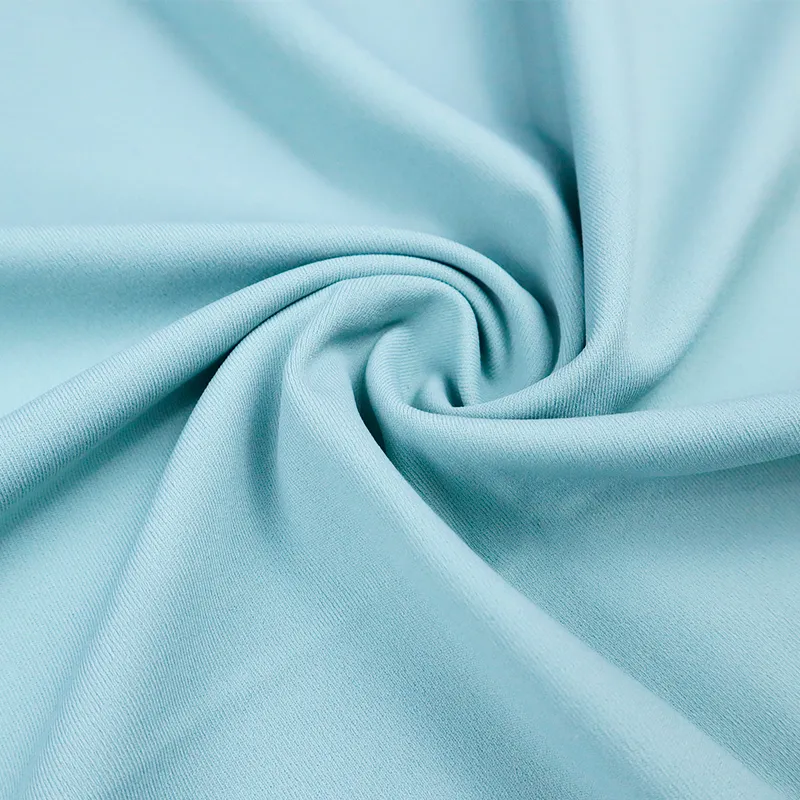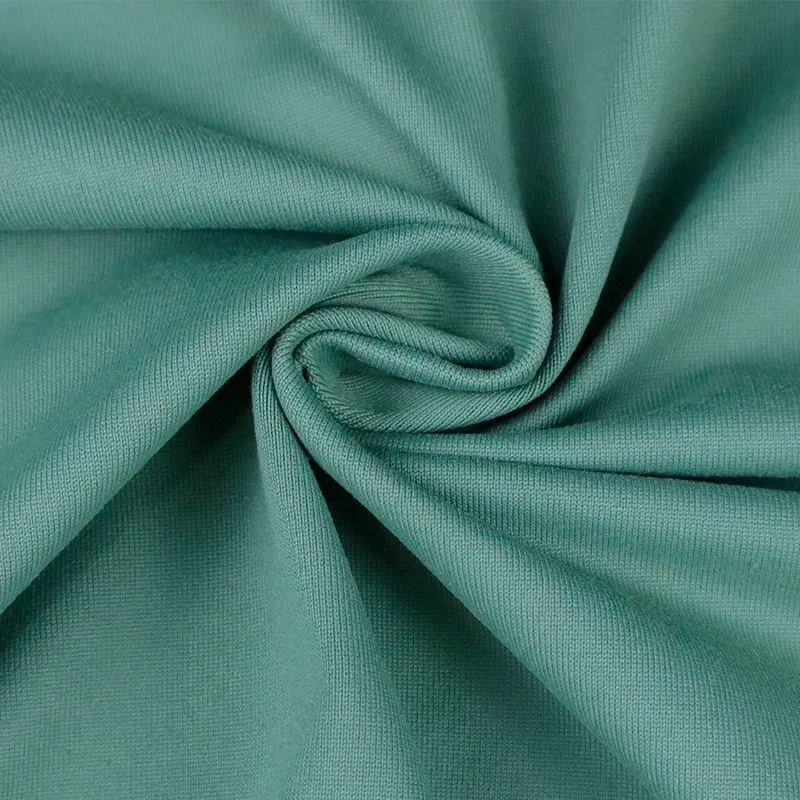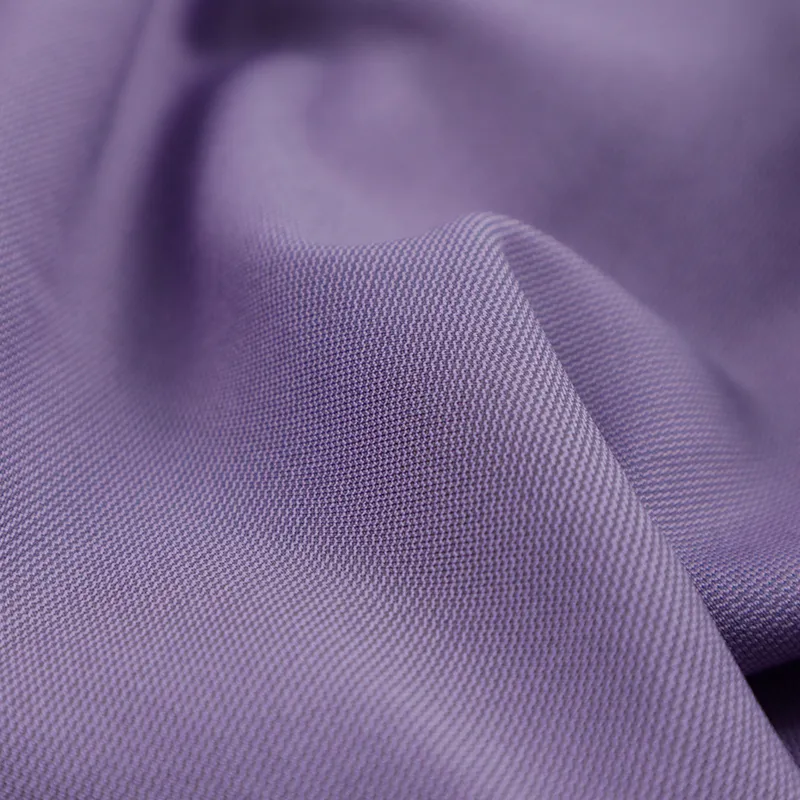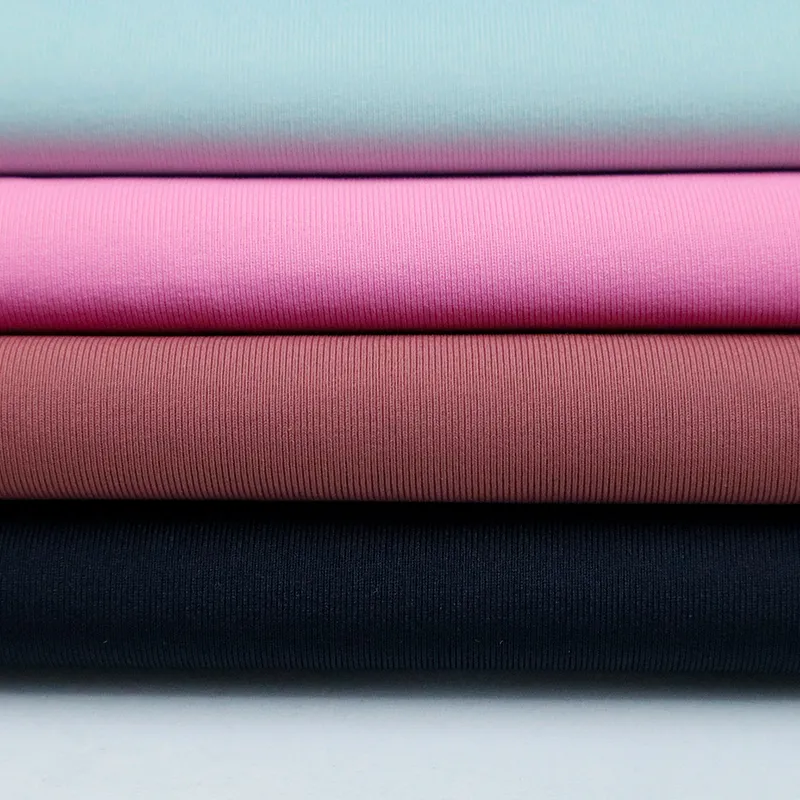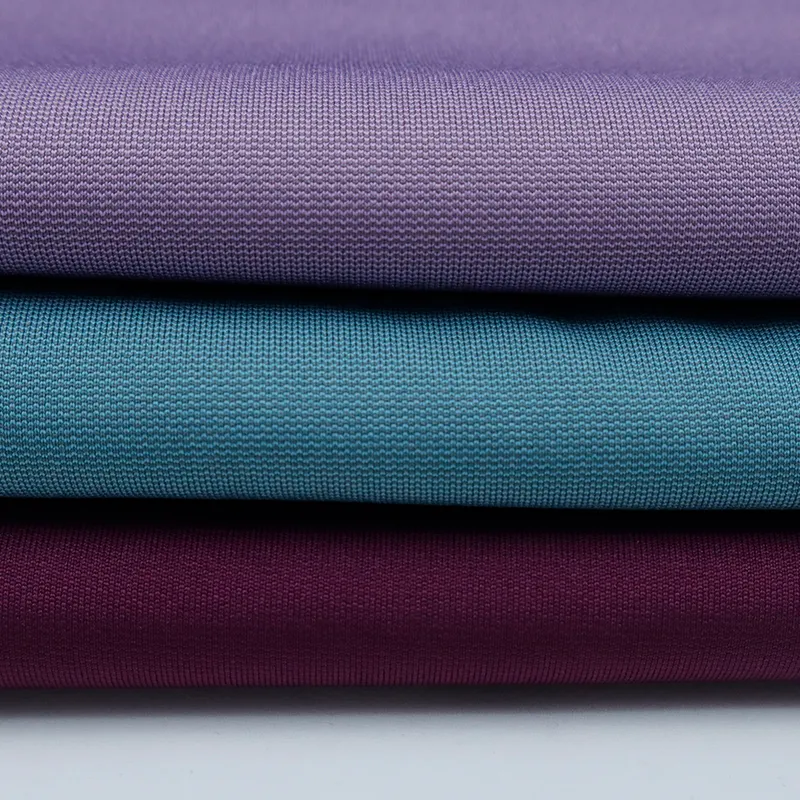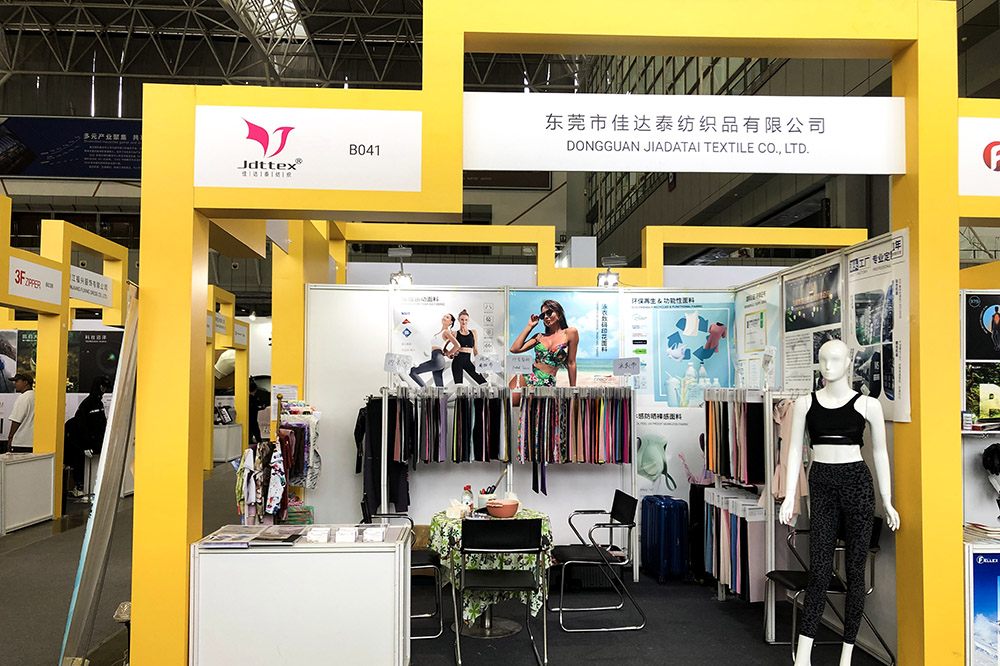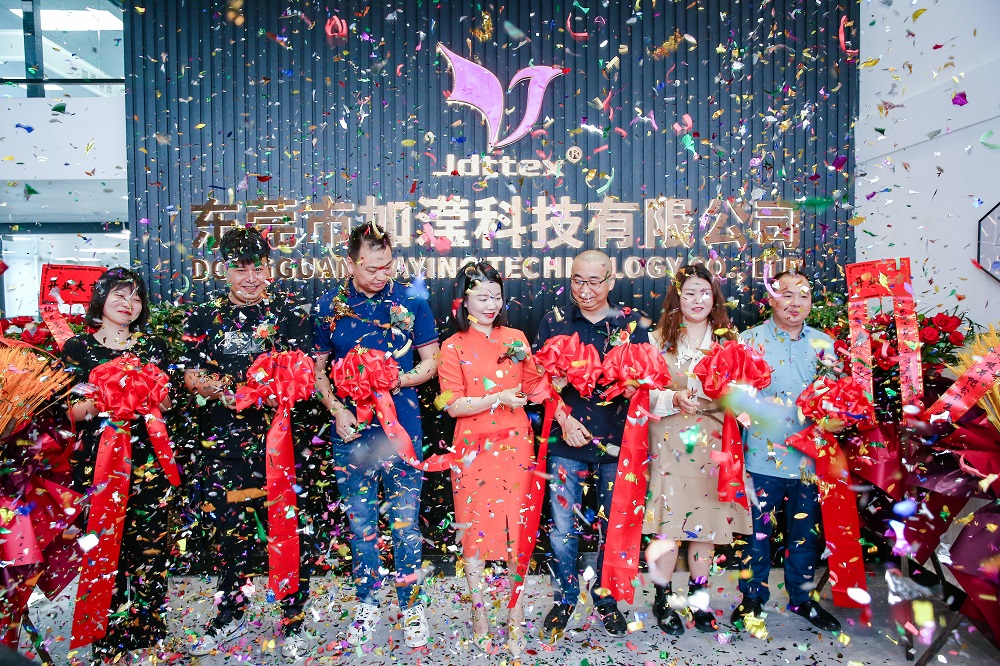
The Rise of High-Performance Fabrics in Modern Apparel
In today’s apparel market, performance and comfort are no longer exclusive to athletic wear—they’ve become expectations in everyday clothing, outdoor gear, and even medical textiles. As consumers demand more from their garments—lightweight, breathable, durable, and antimicrobial—functional fabric technologies continue to evolve.
1. Innovation Driven by Performance, Technology, and Sustainability
Performance First
Modern performance fabrics are engineered to be quick-drying, stretchable, and UV-resistant. Polyamide fabrics, for example, are widely used in leggings, compression wear, and base layers due to their exceptional abrasion resistance and wrinkle-free properties. Compared to natural fibers, polyamide offers enhanced durability and functionality for active use.
Advanced Textile Engineering
Innovative techniques like high-density knitting, laser bonding, and 3D weaving allow manufacturers to create fabrics with localized performance zones—such as enhanced breathability in high-sweat areas or reinforced support in high-movement regions. These methods improve both the form and function of garments.
Sustainability Matters
As eco-consciousness grows, more brands are turning to recycled nylon, low-emission manufacturing, and water-saving dyeing techniques. This shift is also pushing fabric suppliers to upgrade their sustainable standards, making eco-performance fabrics a competitive edge rather than a niche.
2. Why Polyamide Fabrics Matter
Polyamide has become a go-to material in high-performance clothing due to its stretch, durability, moisture management, and static resistance. From yoga pants to training kits, it offers consistent support and long-lasting comfort.
To learn more about the properties, applications, and custom supply options for polyamide fabrics, we recommend this in-depth guide from Faybric:
👉 What is Polyamide Fabric: Uses, Benefits and Custom Supply Guide
3. How Brands Can Choose the Right Fabric Supplier
For apparel brands and manufacturers, the right fabric supplier ensures not just product quality—but also innovation, speed, and long-term consistency. Here are three core criteria to consider:
-
Technical Transparency: Availability of certified performance data (colorfastness, moisture-wicking levels, antibacterial effectiveness, etc.)
-
Customization Capability: Flexibility in adjusting parameters like GSM, elasticity, and weave structure
-
Reliable Delivery: On-time sampling, scalable reordering, and responsive customer service
4. Final Thoughts
Performance fabrics are more than a trend—they’re a necessity in today’s functional, style-conscious apparel world. For manufacturers and brands alike, understanding material technology and building relationships with specialized suppliers is key to staying ahead in a competitive market.
Whether you’re developing activewear, outerwear, or hybrid casual-performance pieces, partnering with experts in high-tech fabrics like polyamide can unlock greater product value and innovation potential.









